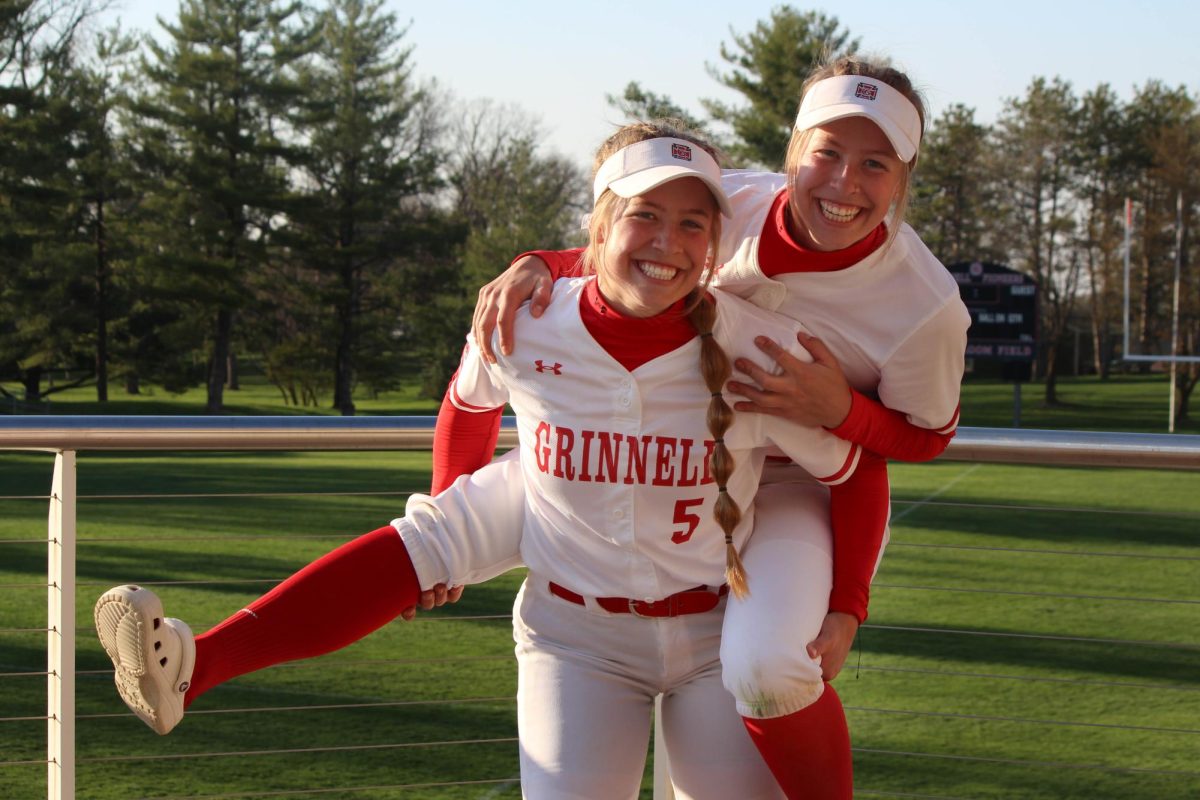By Eva Hill
hilleva@grinnell.edu
Thanksgiving is the second-most-celebrated holiday in the United States, with 90 percent of polled Americans in a 2000 Gallup survey reporting that they celebrate it. In a more recent study, conducted in 2015 by Walt Hickey of FiveThirtyEight.com, 74 percent of the 1,095 respondents reported that Thanksgiving was their favorite holiday, making it the second most popular in the country, immediately following Christmas.
However, the historical and cultural tradition behind Thanksgiving is complex and frequently misrepresented in popular media and in educational materials. The story typically taught to schoolchildren in the United States offers a romanticized take on the actual origin of the holiday, which has much more to do with colonialism and violence.
Mary Young Bear, the conservator of the Meskwaki Cultural Center in Tama, Iowa, spoke about how she and other members of the indigenous community view Thanksgiving as it is celebrated in the United States today.
“I do not celebrate Thanksgiving—I usually spend the day here in the office—I come to the museum and I find some work to do. That’s just my way of acknowledging the day, to just come to work like any other day,” said Young Bear of her own experience with the holiday.
“I think most people spend the day at home with their families and do the usual activities, have a meal together and watch sports. It’s mostly a family day. I think that as more people find out how the holiday came about, we don’t acknowledge the myth that we were taught in school,” Young Bear said.
The most commonly taught story, and the one that most people are familiar with, is that the Thanksgiving holiday came out of a feast celebrating a treaty between the Wampanoag tribe and the English settlers, negotiated by Squanto, a Patuxet Indian who spoke English. According to the Manataka American Indian Council’s website, this feast was a real event, but it only happened once and was far from being an indicator of future positive relationships between the white colonists and indigenous residents of the area.
Young Bear explained that the historical origin of Thanksgiving actually comes from feasts that were held in celebration after colonists, searching for new land to build upon as the settler population grew, would attack native communities, kill the inhabitants and take over the land.
The Manataka American Indian Council website describes an early use of the name “Thanksgiving” relating to the holiday, when the governor of the Massachusetts Bay Colony declared a “day of thanksgiving” in 1637 after over 700 members of the Pequot tribe were massacred by colonists. Following this event, the colonists continued to attack indigenous villages, killing many inhabitants and selling countless others into slavery, often holding “thanksgiving feasts” after each assault.
Knowing this history, Young Bear said it is difficult to see Thanksgiving as the innocent, happy holiday it is often portrayed to be.
“When we think about all of the people that were lost over such a long period of time, there’s really nothing to celebrate. It’s really a day to mourn and to be thankful. We’re thankful for all the tribes that are still here, that survived. That’s why I come into the office on Thanksgiving.”




























































